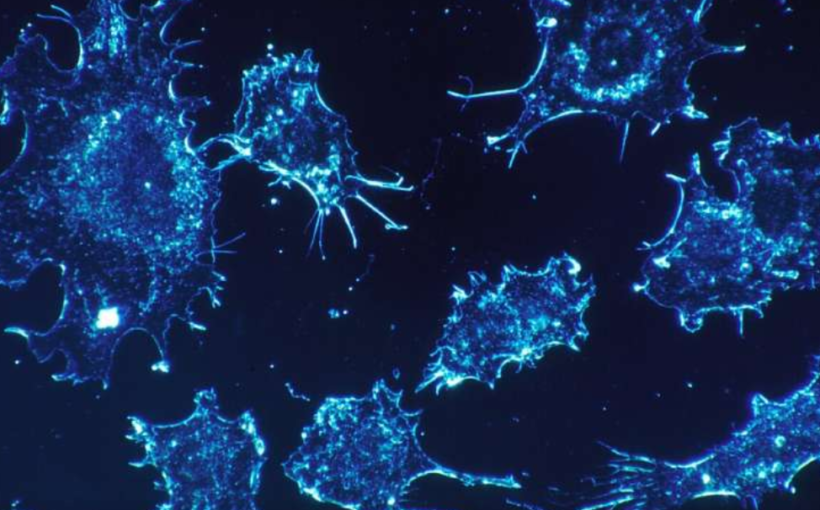Cancer cells can adapt and develop resistance to chemotherapy drugs, making it difficult to eradicate tumors. A new study led by investigators from Brigham and Women’s Hospital suggests that a combination of three drugs, including a new class of glucose-6-phosphate dehydrogenase inhibitors, could overcome cross-therapy resistance.
We have only recently begun unravelling the full complexities of chemotherapy failure,” said Aaron Goldman, Ph.D., an instructor of Medicine in the Brigham’s Division of Bioengineering. “The drugs themselves are part of the problem in terms of where resistance is coming from. Resistance is not just intrinsic to cells.
“The investigators used computational modeling, in vitro experiments, in vivo animal models and clinical explant, ex vivo models of human tumors to probe the metabolic processes underlying chemotherapy drug tolerance.In accordance with the Warburg Effect—a widely accepted paradigm for drug resistance—the investigators observed that the cancer cells took up extra glucose, putting glycolytic pathways into overdrive.
But counter to the Warburg Effect, the researchers saw an increase in mitochondrial activity, indicating high levels of cellular oxygen consumption. Using mathematical modeling, Goldman and his team found that a three-drug combination administered in a time-sensitive progression sensitized the cancer cells. Aside from this new class of drugs, combinations of clinically available drugs could also be used to combat resistance, Goldman said.
The researchers acknowledge that they do not yet have a clear understanding of the cancer cell plasticity that allows cells to gain new metabolic phenotypes and become drug resistant. In the future, the investigators hope to use mathematical modeling and machine learning to develop increasingly precise drug regimens to inform new cancer therapies. “We’re mathematically modeling biological frameworks that will allow us to predict drug sequences,” Goldman said. “We’re not just putting drugs together—we’re developing combinations that rationally address resistance.”
Source: Brigham and Women’s Hospital


